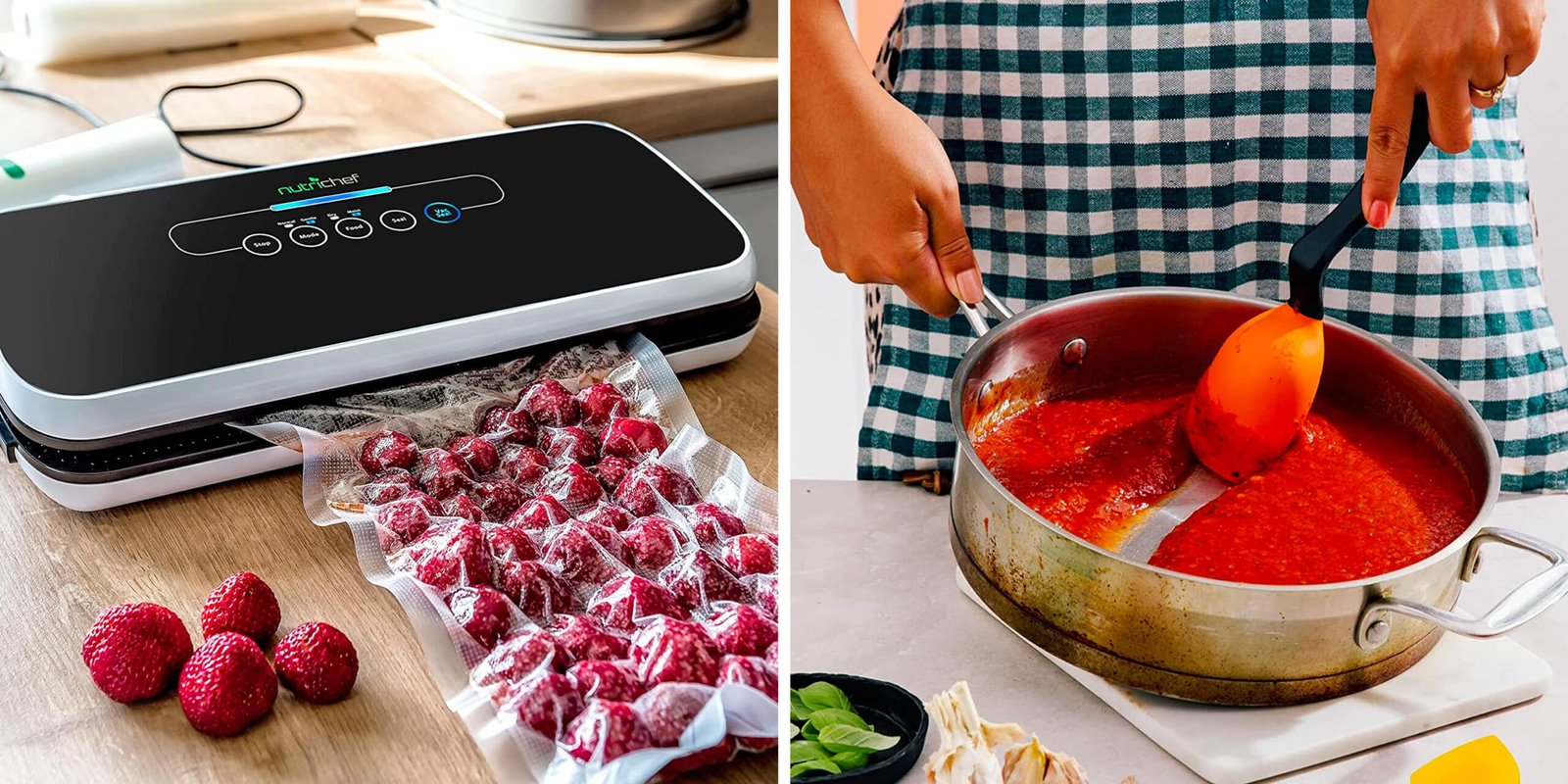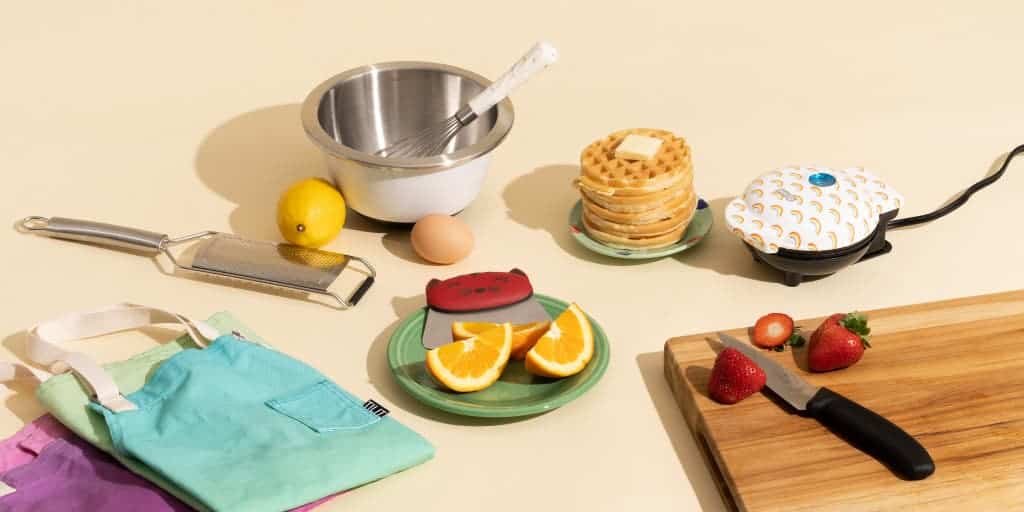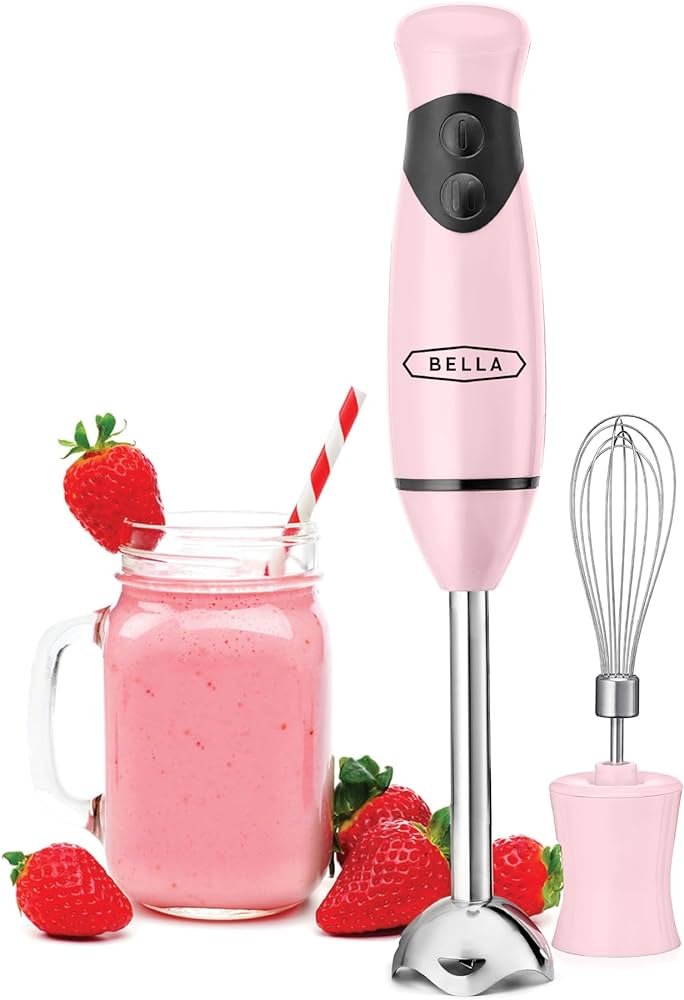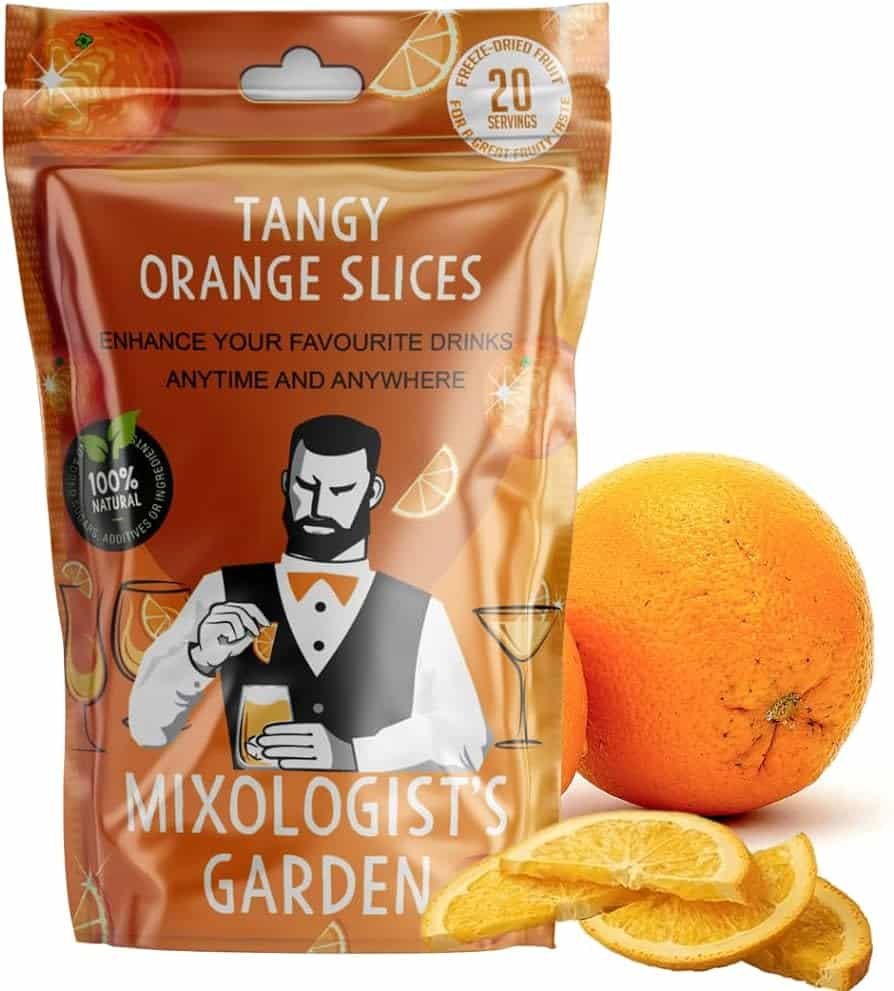Ninja Blender Stopped Working: How To Fix It?
Are you having trouble getting your Ninja blender to start? Don’t worry, you are not alone. Many people have encountered this problem when their Ninja blender stopped working or won’t start. Fortunately, it can often be fixed with a few simple troubleshooting steps.
In this blog post, I’ll walk you through how to fix your Ninja blender when it’s not starting or working properly. I’ll also look at some common causes of Ninja blender problems and how to prevent them from occurring in the future.
Why Ninja Blender Won’t Start or Stopped Working?
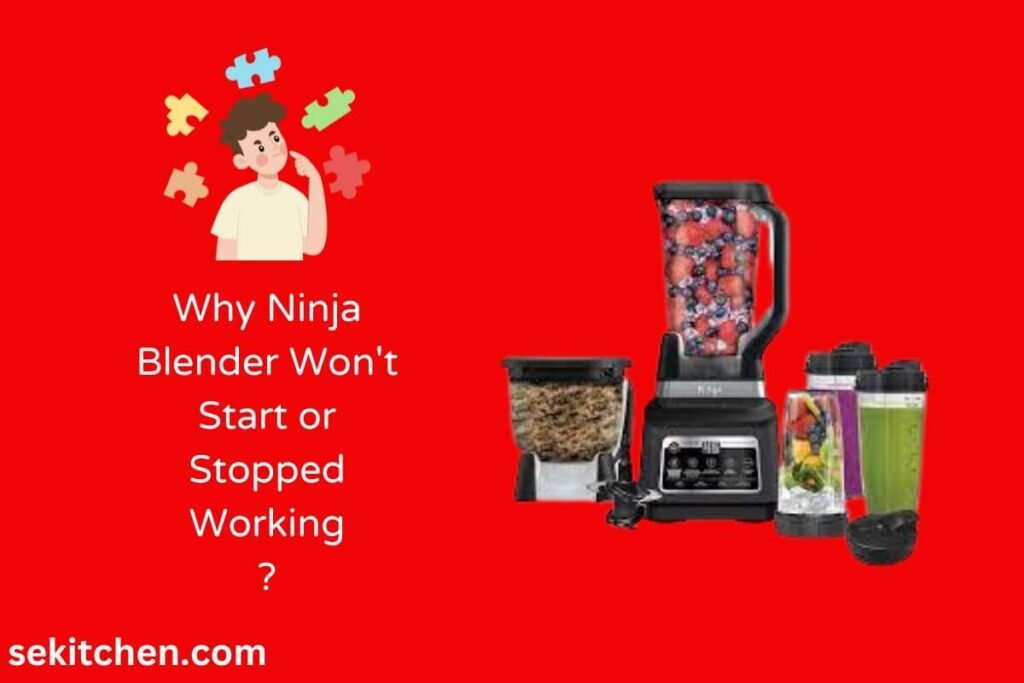
There could be several reasons why your Ninja blender won’t start or stop working. It could be due to power issues, overheating, overfilling, assembly problems, or even faulty parts and many more reasons.
Don’t worry, I’ll dive into each of these potential issues and provide troubleshooting tips to get your Ninja blender up and running again.
So, if your Ninja blender won’t start or stops working, keep reading to find the solution and blend again in no time.
1. Power and Connectivity Issues
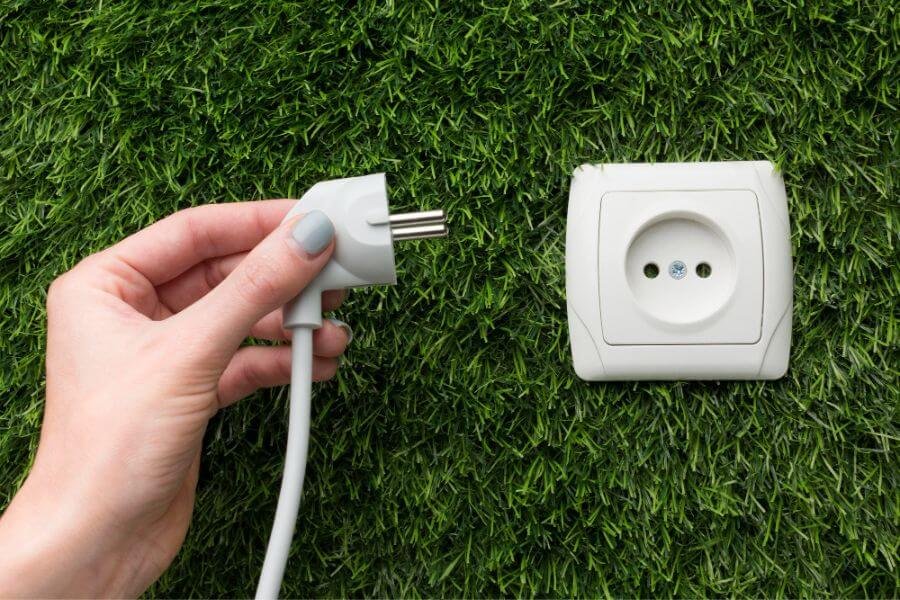
If your Ninja blender won’t turn on or has suddenly stopped working, power issues could be to blame. Before you panic, make sure the blender is plugged in securely and that the power outlet is functioning properly. Check for any loose connections or frayed wires.
If everything seems fine, try plugging the blender into a different outlet or using a different power cord. If none of these solutions work, there may be a problem with the blender’s internal wiring or the power button itself. In that case, it’s best to contact Ninja customer support for further assistance.
2. Overheating
Is your Ninja blender overheating? This could be the reason why it’s not working properly or won’t start. Overheating is a common issue with blenders. It can occur when the motor gets overloaded or when it’s run for an extended period of time without a break. To prevent overheating, make sure you’re not overfilling the blender and give it breaks between uses.
If your blender does overheat, let it cool down for a while before using it again. If the problem persists, it may be a sign of a faulty motor or other internal issues. In these cases, you should contact Ninja customer support for further assistance.
3. Overfilling
Overfilling your Ninja blender can cause it to stop working or not start at all. When you fill the blender beyond its capacity, it puts excessive strain on the motor, causing it to overheat or burn out. To avoid this issue, always follow the manufacturer’s instructions on the maximum fill level for your blender.
If you accidentally overfilled it, carefully remove some of the ingredients to reduce the load on the motor. This will help prevent damage and ensure your Ninja blender continues to work properly. Remember, it’s better to blend in batches than to overfill and risk damaging your blender.
4. Assembly Issues
Assembly issues can be a common cause for a Ninja blender to stop working or not start up. If your blender isn’t turning on or is experiencing problems, it’s worth checking the assembly. Make sure all parts, including the pitcher, lid, and blade assembly, are securely attached and aligned correctly.
If any of these components are not properly fitted, it can prevent the blender from functioning properly.
5. Faulty Parts
If you’ve checked all the power connections and made sure everything is assembled correctly, but your Ninja blender still won’t start or stop working, it could be due to faulty parts. Sometimes, components within the blender can malfunction or wear out over time. This could include issues with the motor, electrical wiring, or even the power button itself.
In these cases, it’s best to contact Ninja customer support or take it to a professional for repair. Don’t let faulty parts keep you from enjoying your delicious smoothies and blended creations. Get your Ninja blender fixed and back in action!
6. The Pitcher Isn’t Locked Properly
One common issue that can prevent your Ninja blender from starting or working properly is if the pitcher isn’t locked properly. Sometimes, it may seem like everything is connected correctly, but the pitcher may not be securely in place. This can cause the blender to not turn on or to stop working unexpectedly.
To fix this problem, double-check that the pitcher is locked into the base of the blender. Ensure that it is aligned correctly and fully seated. You may need to give it a slight twist to lock it securely into place. Once the pitcher is locked properly, try turning on the blender again to see if it starts working.
Remember, even a small misalignment can prevent the blender from starting. So, it’s important to make sure the pitcher is firmly locked before using your Ninja blender.
7. The Arrows on the Lid Are Not Aligned
One frustrating problem that can prevent your Ninja blender from starting or working properly is when the arrows on the lid are not aligned. This might seem like a minor issue, but it can actually cause the blender to refuse to turn on.
When the arrows on the lid and the pitcher are not aligned, it prevents the blender from creating a proper seal and engaging the safety mechanism. So, before you panic, take a moment to make sure the arrows on the lid and the pitcher are properly aligned. It could be the simple solution you need to get your blender up and running again!
8. It Needs a Thorough Cleaning
Keeping your Ninja blender clean is essential for its optimal performance. Over time, food residue and debris can build up inside the blender, causing it to not work properly or even stop functioning altogether. To prevent this, make sure to regularly clean your blender after each use.
Take apart the pitcher, lid, and blade assembly and wash them thoroughly with warm, soapy water. Use a soft brush to remove any stubborn residue. Pay attention to the crevices and hard-to-reach areas. Rinse everything thoroughly and allow it to dry completely before reassembling the blender. By keeping your Ninja blender clean, you can avoid many common issues and ensure it continues to work like new.
What to Do When Your Ninja Blender Stops Working
If you find yourself in the frustrating situation of your Ninja blender not starting or suddenly stopping, don’t panic! There are a few steps you can take to troubleshoot and fix the issue.
First, check the power source and make sure all electrical connections are secure. Next, inspect the blades and jar assembly to ensure they are properly aligned and not damaged. You should also test the motor and thermal protection switch to see if they are functioning correctly. If all else fails, refer to the troubleshooting section for additional tips.
Don’t worry, I’ll dive into each of these potential issues and provide troubleshooting tips to get your Ninja blender up and running again. But always ensure regular cleaning and maintenance of your Ninja blender.
So don’t let a malfunctioning Ninja blender keep you from enjoying your favorite smoothies and recipes. Get to the bottom of the issue and fix it now!
1. Check the power source and electrical connections
One of the first things you should do if your Ninja blender is not working or won’t start is to check the power source and electrical connections. Make sure that the blender is properly plugged into a functioning outlet.
Double-check all the electrical connections to ensure that they are secure and not loose. Sometimes, a simple fix like reseating the power cord can get your Ninja blender up and running again. If the power source and connections are not the issue, then you can move on to other troubleshooting steps to pinpoint the problem.
2. Inspect the Blades and Jar Assembly
Now it’s time to take a closer look at the blades and jar assembly of your Ninja blender. These components play a crucial role in the blender’s performance, so any issues with them can cause your blender to not start or stop working.
Start by inspecting the blades to ensure they are properly aligned and not damaged. Sometimes, the blades can become loose or misaligned. This can prevent the blender from functioning correctly. Gently twist and tighten the blade assembly to make sure it is securely in place.
Next, examine the jar assembly. Check for any cracks or damage to the pitcher, lid, or sealing gasket. Any leaks or faulty seals can lead to the blender not working properly. If you find any issues, it’s best to replace the damaged parts to ensure optimal performance.
Remember to handle the blades and jar assembly with care to avoid any injuries. Always unplug the blender before inspecting or cleaning these components.
By taking the time to inspect the blades and jar assembly, you can identify any potential issues and address them accordingly. This will help you troubleshoot and fix your Ninja blender, getting it back up and running in no time. So, let’s move on to the next step and test the motor and thermal protection switch.
3. Test The Motor and Thermal Protection Switch
If you’ve checked the power source and inspected the blades and jar assembly but your Ninja blender still won’t turn on or has stopped working, it’s time to test the motor and thermal protection switch. The motor is the heart of your blender, and if it’s not functioning properly, it can prevent the blender from starting. You can test the motor by unplugging the blender, removing the jar assembly, and turning the blades by hand. If the blades turn freely, the motor is likely fine.
The thermal protection switch is a safety feature that shuts off the blender if it overheats. It’s located inside the motor housing. After using your blender for an extended period of time, the switch can trip and prevent the blender from starting until it cools down.
To test the thermal protection switch, unplug the blender and let it cool down for at least 30 minutes. Once it’s cooled down, plug it back in and try turning it on. If the blender starts working again, then the thermal protection switch is the issue.
If the problem persists, there may be a more significant problem with the motor or internal wiring. And it’s best to contact Ninja customer support for further assistance.
By testing the motor and thermal protection switch, you can narrow down the cause of your Ninja blender’s issues and take appropriate steps to fix them.
Cleaning and maintaining your Ninja Blender
Cleaning and maintaining your Ninja Blender is crucial for keeping it in top-notch condition. After all, a clean blender is a happy blender!
To clean your Ninja Blender, disassemble the pitcher, lid, and blade assembly, and wash them with warm, soapy water. Pay extra attention to the crevices and hard-to-reach areas. Rinse everything thoroughly and allow it to dry completely before reassembling.
Regular cleaning will prevent any food residue buildup that can lead to your Ninja not working or turning on. Take care of your blender, and it will take care of you!
Conclusion and Final Thoughts
If your Ninja blender has stopped working or won’t turn on, don’t panic at all! There are several troubleshooting steps you can take to fix the issue. I’ve covered common causes such as power issues, overheating, overfilling, assembly problems, and faulty parts.
By following the steps outlined in this blog post, you can identify the problem and take appropriate measures to get your Ninja blender back in action. Remember to clean and maintain your blender regularly to prevent any future issues. Don’t let a malfunctioning Ninja blender keep you from enjoying your favorite smoothies and recipes – troubleshoot and fix it now!
Frequently Asked Questions (FAQs)
Is there a fuse in a ninja blender?
Yes, most Ninja blenders are equipped with a built-in thermal fuse. This safety feature is designed to prevent the motor from overheating. If your blender suddenly stops working, it might be due to the fuse being triggered.
Can a Ninja blender be repaired?
Yes, many issues with Ninja blenders can be repaired. Common problems like malfunctioning switches, worn-out blades, or damaged pitchers are fixable. It’s advisable to check the warranty and contact Ninja customer support or a certified technician for repairs.
How do you fix a Ninja blender that won’t spin?
If your Ninja blender isn’t spinning, the culprit is often a jammed blade assembly or an issue with the motor. First, ensure it’s unplugged, then check for any obstructions around the blade. If the problem persists, it’s best to consult Ninja’s customer service or refer to the user manual for troubleshooting tips.
Yes, like all electrical appliances, Ninja blenders can overheat. The thermal fuse inside the blender is designed to prevent this, but overuse or blending tough ingredients for an extended period can lead to overheating. To avoid this, follow the recommended usage guidelines provided in the user manual.
How long should a Ninja blender last?
The lifespan of a Ninja blender can vary based on usage and maintenance. On average, a well-maintained Ninja blender can last between 5 to 10 years. Regular cleaning, proper assembly, and following usage instructions can significantly extend its lifespan.
Is the Ninja blender covered by a lifetime warranty?
Ninja blenders usually come with a limited warranty, typically ranging from 1 to 5 years, depending on the model. It’s important to check the specific warranty terms provided with your blender. While it may not be a lifetime warranty, proper care can ensure your blender functions effectively throughout its lifespan.
 Smart And Easy Kitchen Simplify Your Kitchen Life
Smart And Easy Kitchen Simplify Your Kitchen Life
